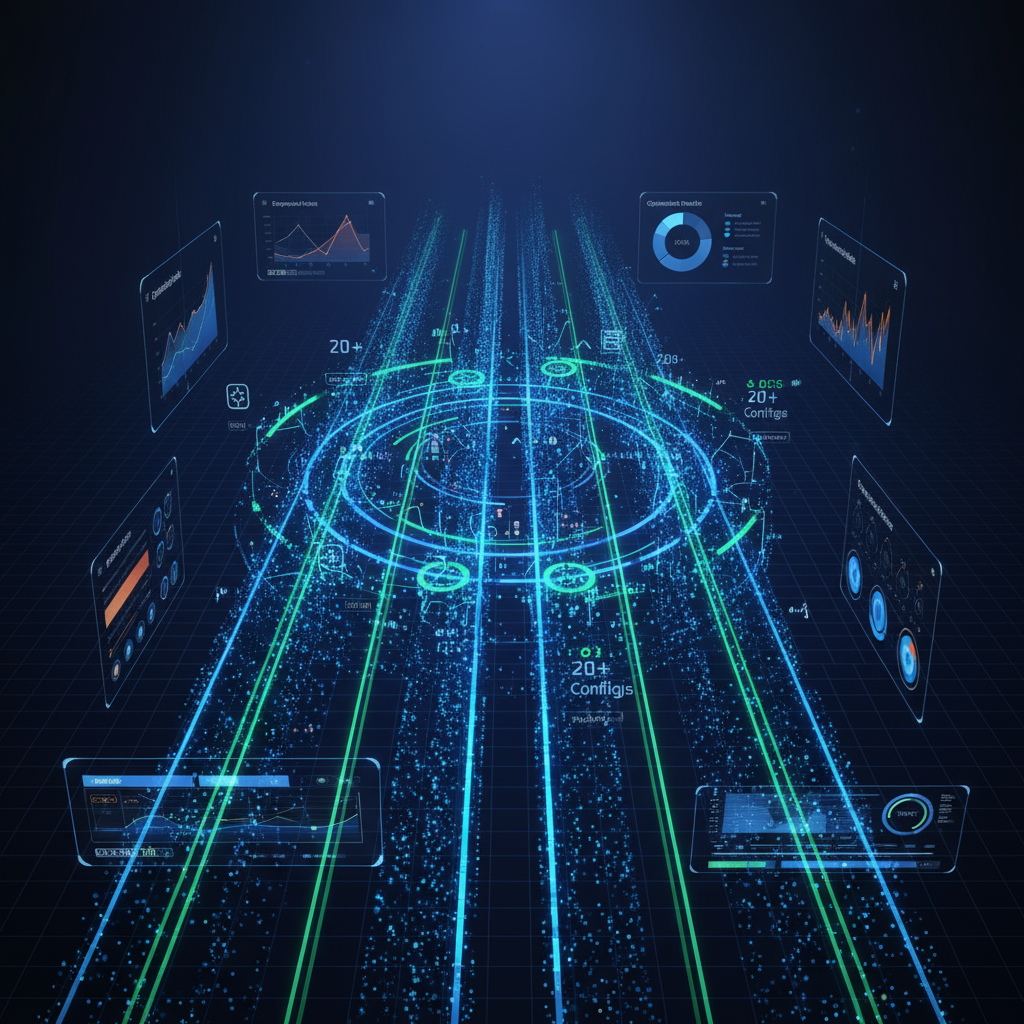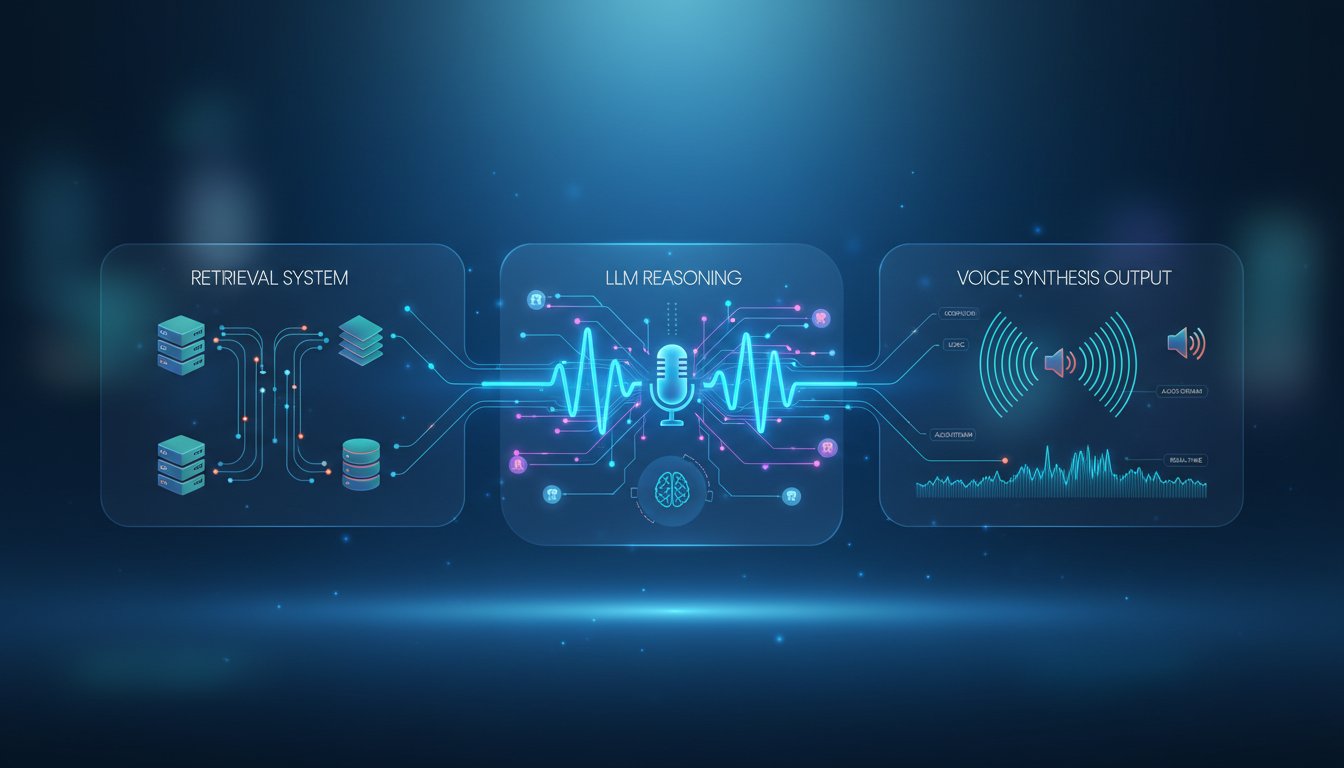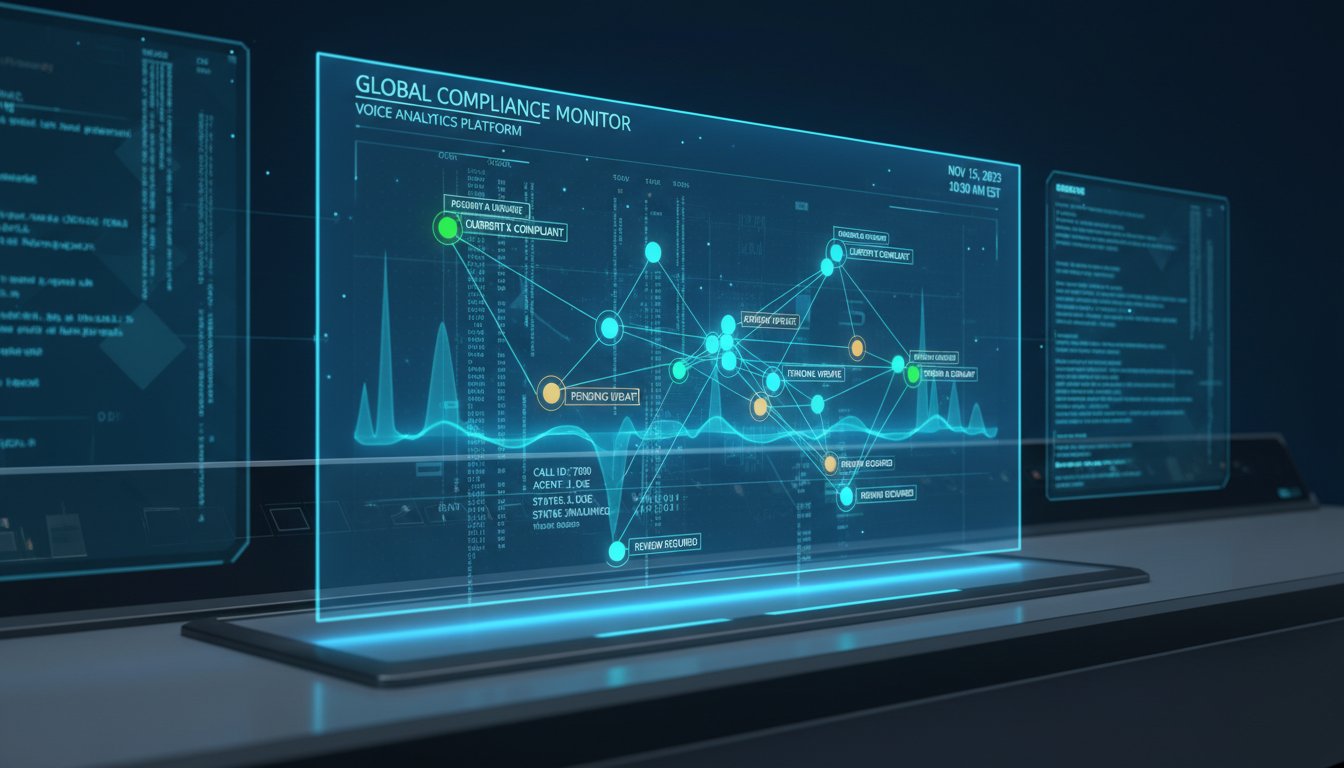The enterprise RAG development cycle just got a massive upgrade. While most organizations are still manually tweaking chunking strategies and testing retrieval methods one by one—a process that can take weeks or months—a new open-source toolkit is changing everything. RapidFire AI RAG, launched just days ago, promises to test 10-20× more RAG variations simultaneously, transforming what used to be guesswork into measurable, efficient processes.
This isn’t just another incremental improvement. It’s a fundamental shift from sequential, manual RAG tuning to hyperparallel experimentation that could compress months of development into days. For enterprise AI teams struggling with configuration trustworthiness and optimization bottlenecks, this toolkit addresses the core challenge that’s been holding back RAG deployments at scale.
The Enterprise RAG Optimization Problem That Nobody Talks About
Here’s the uncomfortable truth about enterprise RAG development: most teams are flying blind when it comes to configuration optimization. You modify your chunking strategy, test it, wait for results, then move to the next parameter. Rinse and repeat. This sequential approach creates a perfect storm of inefficiency.
Consider the typical enterprise RAG pipeline with its dozens of interconnected variables:
– Chunking strategies: Fixed-size, semantic, hierarchical, or hybrid approaches
– Embedding models: OpenAI, Cohere, or specialized domain models
– Retrieval techniques: Vector similarity, hybrid search, or graph-based methods
– Reranking thresholds: Balancing relevance with computational cost
– Prompt engineering: System prompts, few-shot examples, and output formatting
Each of these parameters doesn’t exist in isolation. The interaction between chunk size and embedding model performance, or between retrieval strategy and reranking effectiveness, creates a complex optimization landscape that traditional sequential testing simply can’t navigate efficiently.
Madison May, highlighting configuration trustworthiness challenges, emphasizes that enterprises need systems where “you can actually trust the configuration you’re deploying.” The problem isn’t just finding a configuration that works—it’s finding one that works consistently across diverse enterprise data and use cases.
Hyperparallel Experimentation: The Architecture Behind RapidFire AI RAG
RapidFire AI RAG solves this optimization bottleneck through what they call “hyperparallel experimentation.” Instead of testing configurations sequentially, the framework runs multiple experiments simultaneously, each with different parameter combinations.
Core Technical Architecture
The toolkit’s architecture leverages several key innovations:
Online Aggregation for Real-Time Insights: Traditional evaluation waits for complete experiment runs before providing results. RapidFire AI uses online aggregation to surface insights as experiments progress, enabling early stopping of underperforming configurations and dynamic resource reallocation to promising approaches.
Dynamic GPU Resource Management: The framework intelligently manages computational resources across parallel experiments. If one configuration shows early promise, the system can allocate additional GPU resources to accelerate its evaluation while scaling back resources from clearly inferior approaches.
Shared Memory Optimization: By reusing embeddings and cached computations across related experiments, the toolkit achieves significant efficiency gains. If multiple configurations use the same embedding model but different chunking strategies, the embeddings are computed once and shared.
Integration Architecture
The toolkit integrates seamlessly with existing enterprise AI infrastructure:
pip install rapidfireai
Model Provider Compatibility:
– Closed APIs: OpenAI GPT models, Anthropic Claude, Google Gemini
– Open Models: LLaMA, Mistral, Qwen, and Hugging Face ecosystem
– Custom Models: Support for fine-tuned enterprise models
Framework Integration:
– LangChain: Native compatibility with existing LangChain pipelines
– Ray: Distributed computing for large-scale experiments
– MLflow/TensorBoard: Integrated metrics dashboard and experiment tracking
This architecture enables enterprises to test comprehensive RAG variations without rebuilding their existing infrastructure or switching between multiple tools.
Real-World Implementation: From Concept to Production
The practical implementation of RapidFire AI RAG transforms the traditional RAG development workflow. Here’s how enterprise teams are using it:
Phase 1: Baseline Configuration Discovery
Instead of starting with educated guesses, teams now begin with comprehensive baseline testing. The toolkit can simultaneously evaluate:
- 5 different chunking strategies (fixed 512, 1024, semantic, hierarchical, sliding window)
- 3 embedding models (OpenAI, Cohere, domain-specific)
- 4 retrieval approaches (cosine similarity, hybrid search, MMR, graph-based)
- Multiple reranking configurations (different models and threshold values)
This creates 60+ configuration combinations running in parallel, providing a comprehensive optimization landscape in hours rather than weeks.
Phase 2: Interactive Optimization
The toolkit’s “cockpit-style interface” enables real-time experiment control. When patterns emerge—perhaps semantic chunking consistently outperforms fixed-size approaches—teams can dynamically clone successful experiments with variations, stop underperforming runs, and reallocate resources.
This interactive approach prevents the common enterprise problem of “experiment tunnel vision,” where teams commit to suboptimal approaches because they’ve already invested significant time and resources.
Phase 3: Ablation Studies and Edge Case Testing
Once baseline performance is established, enterprises use the toolkit for systematic ablation studies. They can isolate the impact of individual components:
- How does changing just the reranking model affect hallucination rates?
- What’s the performance trade-off between faster embedding models and accuracy?
- Which prompt structures maintain consistency across different document types?
These insights inform not just immediate deployments but long-term architectural decisions about RAG infrastructure investments.
Enterprise Benefits: Beyond Speed and Efficiency
While the 10-20× speed improvement in configuration testing is compelling, the deeper enterprise value lies in systematic risk reduction and deployment confidence.
Configuration Trustworthiness at Scale
Traditional RAG optimization often suffers from “configuration gambling”—teams deploy configurations that worked well in limited testing but fail under production load or edge cases. RapidFire AI’s parallel testing approach provides statistical confidence through comprehensive evaluation.
By testing configurations across diverse data samples simultaneously, enterprises can identify robust approaches that maintain performance across different document types, user queries, and operational conditions.
Resource Optimization and Cost Management
The toolkit’s intelligent resource management translates directly to cost savings. Instead of running expensive GPU clusters for sequential experiments that might prove ineffective, organizations can:
- Eliminate wasteful computation on clearly inferior configurations
- Optimize API costs by identifying efficient model combinations early
- Reduce development cycle costs by compressing optimization timelines
One enterprise AI team reported reducing their RAG optimization costs by 60% while achieving better final performance through systematic parallel testing.
Governance and Compliance Alignment
Enterprise AI governance increasingly requires documented, reproducible optimization processes. The toolkit’s integrated metrics dashboard provides audit trails for configuration decisions, supporting compliance requirements and stakeholder communication.
The systematic approach also aligns with enterprise risk management practices by reducing reliance on individual expertise or intuition in favor of empirical, measurable optimization.
The Competitive Advantage: Why This Matters Now
The timing of RapidFire AI RAG’s launch is significant. As enterprise AI moves beyond proof-of-concept to production scale, optimization efficiency becomes a competitive differentiator.
Market Context and Adoption Signals
Since its soft launch, the toolkit has achieved over 1,000 downloads, indicating rapid enterprise adoption. This early traction suggests that the optimization bottleneck was a widespread pain point across the enterprise AI community.
The open-source approach also signals a maturation of enterprise RAG infrastructure. Instead of relying on proprietary optimization tools or manual processes, organizations can now build on a community-driven foundation that evolves with industry best practices.
Integration with Existing Enterprise Workflows
The toolkit’s compatibility with LangChain, Ray, and standard ML operations tools means enterprises can adopt it without disrupting existing development workflows. This reduces adoption friction and enables immediate value realization.
For organizations already using MLflow or TensorBoard for experiment tracking, the integration provides familiar interfaces for managing the expanded scope of parallel experiments.
Implementation Strategy: Getting Started with Hyperparallel RAG Optimization
Enterprise teams considering RapidFire AI RAG should approach implementation strategically:
Pilot Project Selection
Start with a well-defined RAG use case that has clear success metrics. Ideal pilot projects have:
– Existing baseline performance data for comparison
– Diverse document types to test robustness
– Clear business value metrics (accuracy, speed, cost)
– Manageable scope for rapid iteration
Resource Planning
While the toolkit optimizes resource usage, parallel experimentation still requires adequate computational resources. Plan for:
– GPU allocation for simultaneous model inference
– Storage capacity for experiment artifacts and metrics
– Network bandwidth for distributed experiment coordination
Team Preparation
The shift from sequential to parallel optimization requires updated workflows and expectations. Ensure teams understand:
– Experiment design principles for parallel testing
– Resource management and early stopping strategies
– Metric interpretation across multiple simultaneous experiments
Looking Forward: The Future of Enterprise RAG Development
RapidFire AI RAG represents more than a new tool—it signals the evolution of enterprise AI development toward systematic, empirical optimization. As the toolkit’s adoption grows and the open-source community contributes improvements, we can expect:
Enhanced Automation: Future versions will likely include automated hyperparameter optimization and configuration recommendation systems based on document characteristics and use case patterns.
Extended Framework Support: Integration with emerging agentic AI frameworks and multi-modal RAG systems will expand the toolkit’s applicability to next-generation enterprise AI architectures.
Industry-Specific Optimizations: Community contributions will likely develop specialized configuration templates and evaluation metrics for specific industries like healthcare, finance, and legal services.
The democratization of advanced RAG optimization through open-source tools like RapidFire AI levels the playing field for enterprises of all sizes. Organizations no longer need massive AI research teams to achieve state-of-the-art RAG performance—they need systematic approaches to optimization that this toolkit provides.
For enterprise AI teams still struggling with manual RAG tuning and configuration uncertainty, the choice is clear: continue with inefficient sequential optimization or embrace the hyperparallel approach that’s already transforming how leading organizations deploy trustworthy, high-performance RAG systems. The toolkit is available now through pip install, and the documentation provides comprehensive guidance for immediate implementation. The question isn’t whether your organization will adopt systematic RAG optimization—it’s whether you’ll lead the transition or follow others who are already reaping the benefits.




